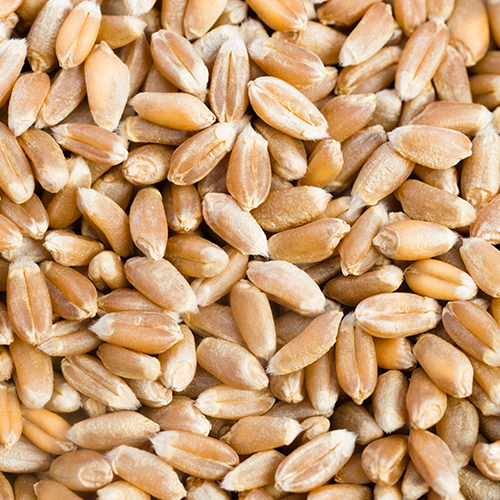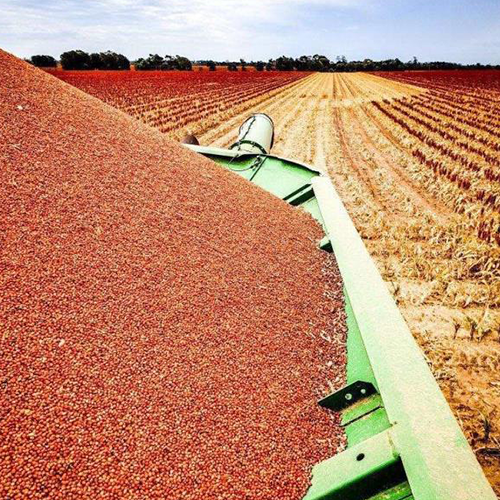
Barley
Barley is a plant widely planted across the world. It originated from the Middle East. Barley is the world’s fourth most widely cultivated cereals only after rice, wheat, and corn. Most barley is produced as food, and only about 1/6 is used as fodder.
Purposes: 1. Human consumption 2.Produced into beer, alcohol, and whiskey through fermentation.
Importing countries: Ukraine, Canada, Australia, and America

Sorghum
Sorghum is a plant with preference to warm temperature, resistance to drought, and tolerance to water-logging. Sorghum was originally produced in Africa and then introduced into China. Sorghum is rich in starch and not affected by other flavors in brewing. It is thus particularly suitable for brewing white spirit. Nearly all top-notch white spirit in China is made from sorghums. Sorghums are consumed as food in China, Korea, the Soviet Union, India, and Africa.
Purposes: 1. Human consumption 2. Used for making broomsticks 3.
Used for producing sugar
Importing countries: America and Australia

Sesamum
Sesames are growing throughout the tropical zone and partial temperate zones across the world. As one of the main oil crops in China, sesames have high application values. According to study findings, sesames have many physiological functions that are beneficial to human’s physical health, such as anti-oxidation, anti-cell mutation, resistance to tumors, lipid regulation, restriction of cholesterol accumulation, and protection of livers. Sesame seeds contain as high as 50~60% of oil, 20%~30% of proteins, as well as a rich amount of natural anti-oxidants such as vitamins, minerals, lecithin, and lignans.
Purposes:
White sesames are used to make pastries.
Yellowish white sesames are used to abstract oil and make sesame sauce.
Black sesames are used to make pastries.
Variegated sesames are used to abstract oil.
Places of Origin: Tanzania, Mozambique, Nigeria, and Niger.
